Author: Jake Huolihan
Whalez bro, ISO, and aging are among the many things big beers are known for. Whereas freshness is deemed of primary importance for most styles, age is associated with higher quality when it comes to higher OG styles like Barleywine and Imperial Stout, similar to fine wine. And as anyone who has dabbled in beer trading is well aware, the older a big beer is, the higher its value. Of course, it’s not just age that matters, but the conditions in which the beer is stored, as certain environmental factors are believed to have an impact on quality as well, namely temperature.
Given what’s known about the relationship between temperature and chemical reactions, storing a beer cool would be expected to retard the development of aged character, while a warmer environment would expedite the process. This is likely one reason behind the commonly accepted idea that beers of a higher OG are best kept stored at 55°F-60°F/13°C-16°C.
As a former beer hunter, I have a bunch of my old hobby sitting in a cellar that maintains a temperature range right in the aforementioned sweet spot. I occasionally wonder just what impact this environment is actually having on the beer, particularly whether the warmer temperature is promoting faster development aging characteristics. With a big beer on deck, I decided to test it out for myself.
| PURPOSE |
To evaluate the differences between the same high OG beer stored either cool (32°F/0°C) or warm (55°F-60°F/13°C-16°C).
| METHODS |
Seeing as Barleywine is a big beer that many believe benefits from age, that’s what I went with for this xBmt.
ISO
Recipe Details
| Batch Size | Boil Time | IBU | SRM | Est. OG | Est. FG | ABV |
|---|---|---|---|---|---|---|
| 5.5 gal | 60 min | 94.7 IBUs | 20.6 SRM | 1.096 | 1.025 | 9.5 % |
| Actuals | 1.096 | 1.02 | 10.1 % | |||
Fermentables
| Name | Amount | % |
|---|---|---|
| Special Pale (Cargill) | 25.5 lbs | 81.11 |
| Vienna Malt (Weyermann) | 4.687 lbs | 14.91 |
| Caramel/Crystal Malt -120L | 1.125 lbs | 3.58 |
| Roasted Barley | 2 oz | 0.4 |
Hops
| Name | Amount | Time | Use | Form | Alpha % |
|---|---|---|---|---|---|
| Hallertau Magnum | 41 g | 60 min | Boil | Pellet | 14 |
| Hallertau Magnum | 41 g | 30 min | Boil | Pellet | 14 |
Yeast
| Name | Lab | Attenuation | Temperature |
|---|---|---|---|
| Joystick (A18) | Imperial Yeast | 75% | 60°F - 70°F |
Notes
| Water Profile: Ca 65 | Mg 0 | Na 8 | SO4 67 | Cl 68 |
Download
| Download this recipe's BeerXML file |
The night before brewing, I whipped up a couple starters of Imperial Yeast A18 Joystick.
I then collected the water, which I adjusted to my target profile, then weighed out and milled the grain.
I awoke the following morning to preheated strike water and proceeded to mash in. I aimed for a lower mash temperature in order to promote more attenuation.
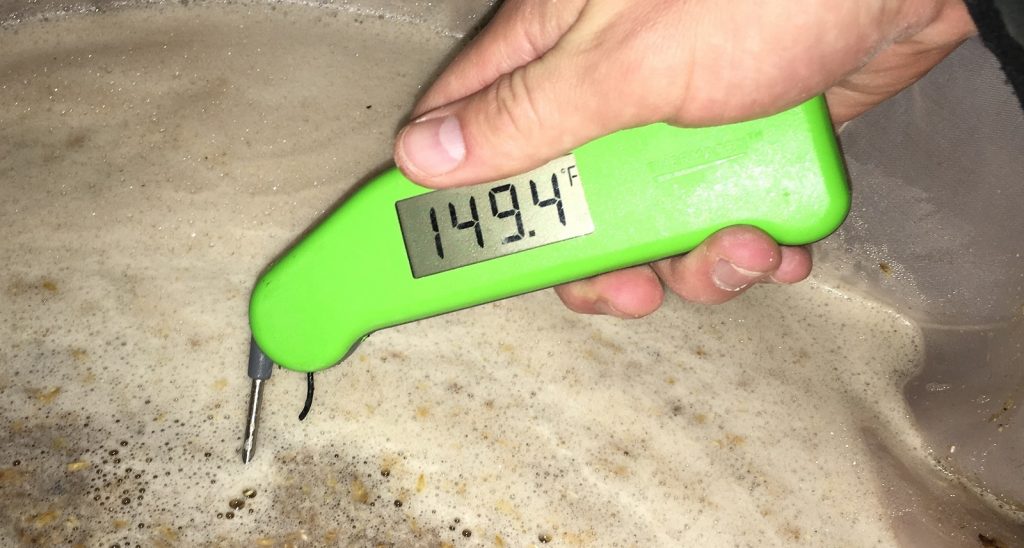
During the mash rest, I weighed out the kettle hops.
When the 60 minute mash was complete, I collected the sweet wort in my boil kettle.
The wort was brought to a boil and hops were added as noted in the recipe.
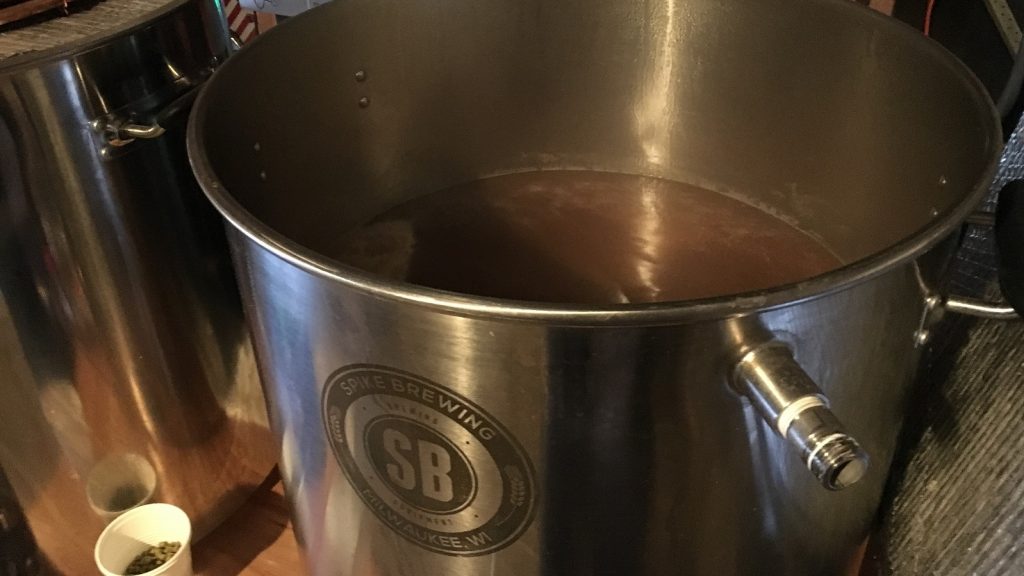
Following the 60 minute boil, the wort was quickly chilled.

A refractometer reading showed the wort was at the target 1.096 OG.

After allowing the break material to settle out, equal volumes of wort were racked to identical Brew Buckets.
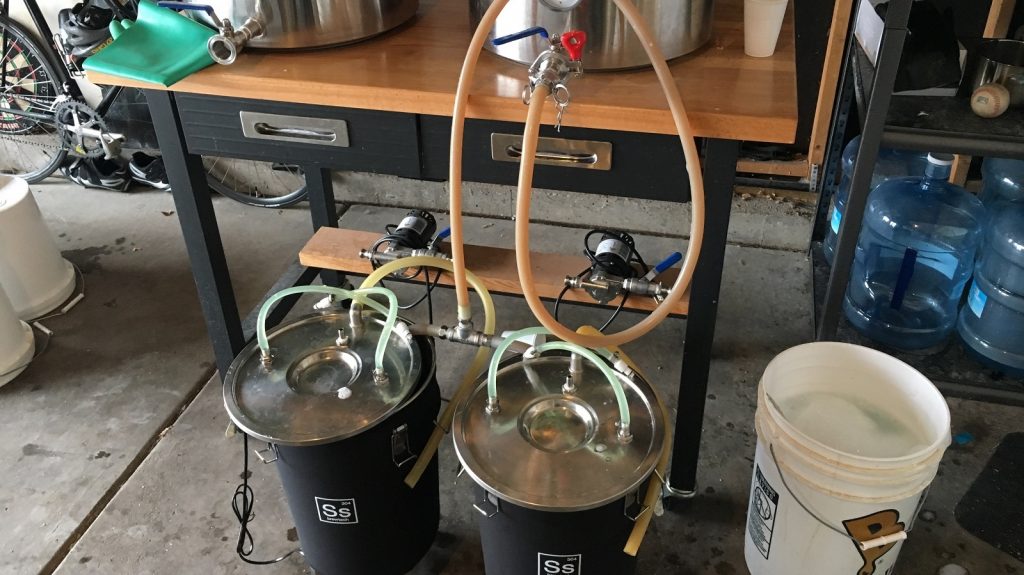
The filled fermentors were placed in my fermentation chamber controlled to 60°F/16°C before I pitched the yeast and hit each batch with a 3 minute dose of pure oxygen. Fermentation kicked off quickly and proceeded as expected. With both batches showing no signs of activity 19 days later, I took hydrometer measurements confirming both were sitting at the same expected FG.

The beers were then transferred to 2.5 gallon/9.5 liter kegs.
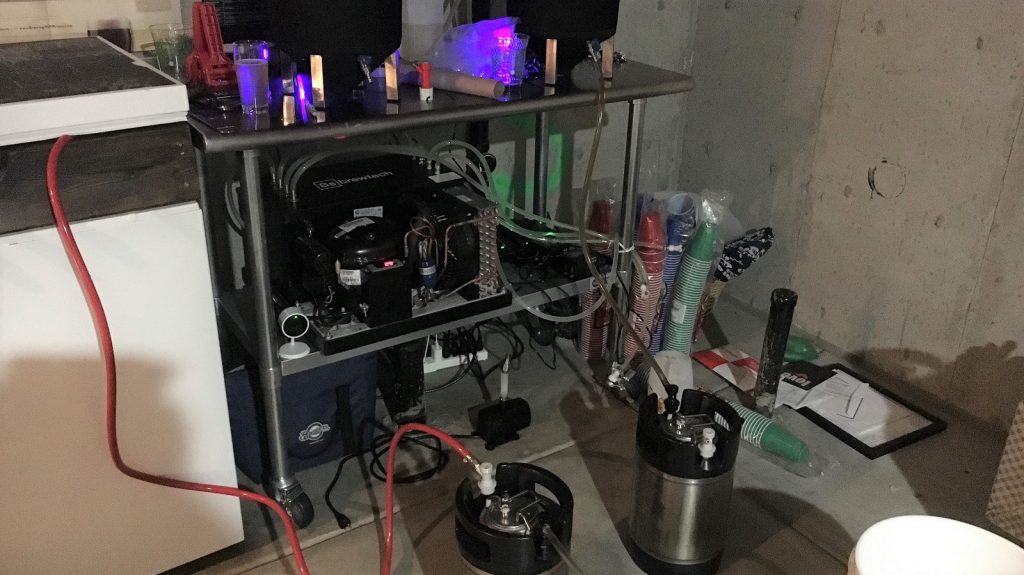
Both beers were placed on gas in my 32°F/0°C keezer and given a week to carbonate. At this point, I pulled one of the kegs out and placed it in an area that maintains a consistent 55°F-60°F/13°C-16°C. The beers were left alone for 5 months, after which I placed the warm aged beer next to the cool aged beer in my keezer. I allowed the beers to cold condition for a week before serving them to tasters.
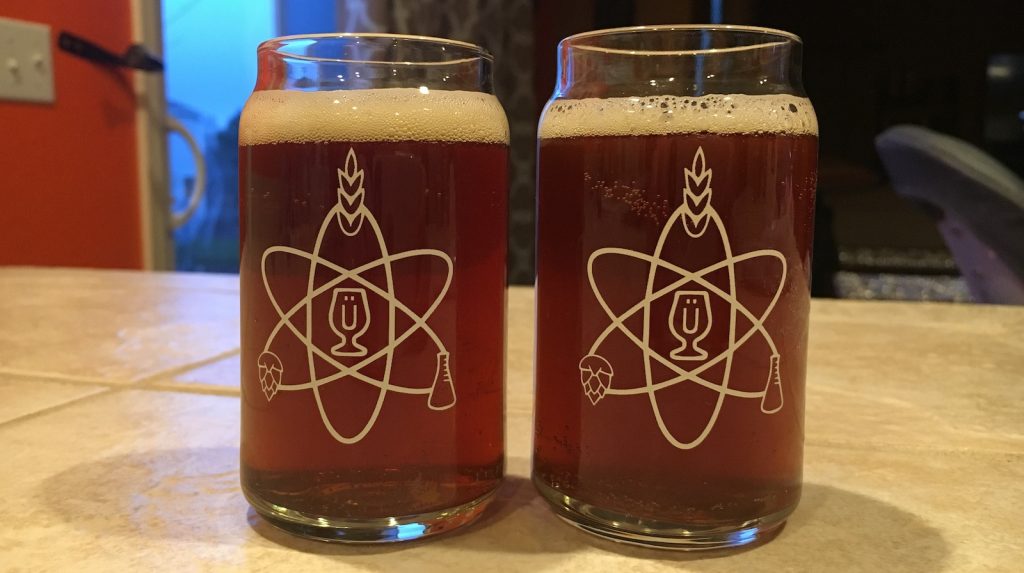
| RESULTS |
A total of 20 people of varying levels of experience participated in this xBmt. Each participant was served 1 sample of the beer aged cool and 2 samples of the beer aged warm in different colored opaque cups then asked to identify the unique sample. While 11 tasters (p<0.05) would have had to accurately identify the unique sample in order to reach statistical significance, 14 (p=0.0009) did, indicating participants in this xBmt were able to reliably distinguish a Barleywine aged at 32˚F/0˚C from one aged at 55°F-60°F/13°C-16°C for 5 months.
The 14 participants who made the accurate selection on the triangle test were instructed to complete a brief preference survey comparing only the beers that were different. A total of 5 tasters reported preferring the beer aged cool, 6 said they liked the beer aged warm more, and 3 had no preference despite noticing a difference.
My Impressions: Out of the 5 triangle tests I attempted, I chose the unique sample every time, and while there’s no denying my bias, I’m confident this had to do with actual differences between the beers. To me, the one stored warm had some of the telltale signs of oxidation, namely a sweet blend of malt and hop flavors, which I personally abhor. The cold aged beer, on the other hand, tasted much fresher, though still different than I recall from samples taken immediately after kegging.
| DISCUSSION |
There are many things serious craft beer nerds and brewers take very seriously, one of which is the temperature at which beer is stored. While it’s safe to say the good majority of styles are best kept cold and consumed fresh, it is commonly believed bigger beers develop certain desirable characteristics when aged slightly warmer. The fact tasters in this xBmt were able to reliably distinguish a Barleywine aged for 5 months at either 32˚F/0˚C or 55°F-60°F/13°C-16°C certainly suggests storage temperature has an impact.
These finding may not be terribly surprising on the surface, as its well accepted that the rate of staling reactions is positively correlated with temperature. However, given the popular belief that big beers fare better when aged a bit warm, it’s interesting that participant preferences were essentially split. One possible explanation for this could be that tasters weren’t informed of the specific style, which had they been may have influenced their response, though maybe not.
Having personally enjoyed the beer aged cool more, I’ll likely keep to that method in my own brewing and will consider moving some of my whalez to the fridge as well. To me, the cool aged beer simply tasted fresher, which I tend to prefer, though it’s cool to know that characteristics of bigger beers can likely be modulated to some degree by the temperature at which they’re aged.
If you have any thoughts about this xBmt, please do not hesitate to share in the comments section below!
Support Brülosophy In Style!
All designs are available in various colors and sizes on Amazon!
Follow Brülosophy on:
FACEBOOK | TWITTER | INSTAGRAM
If you enjoy this stuff and feel compelled to support Brulosophy.com, please check out the Support page for details on how you can very easily do so. Thanks!



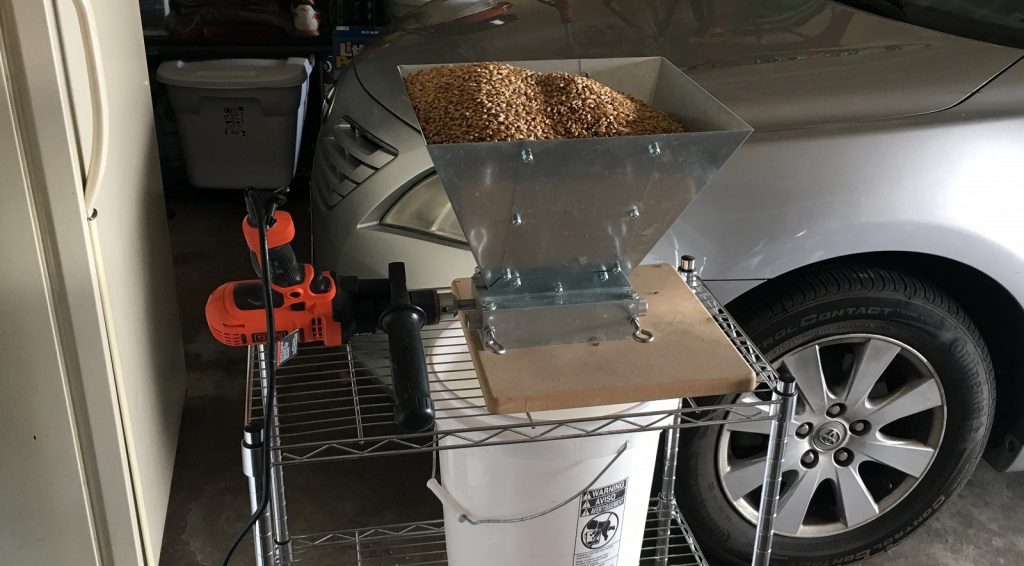
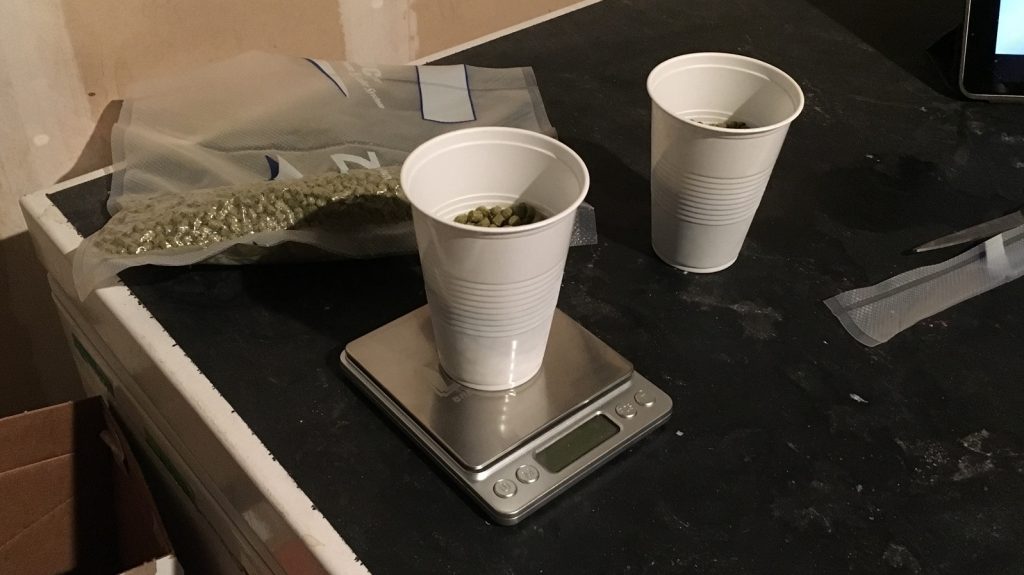
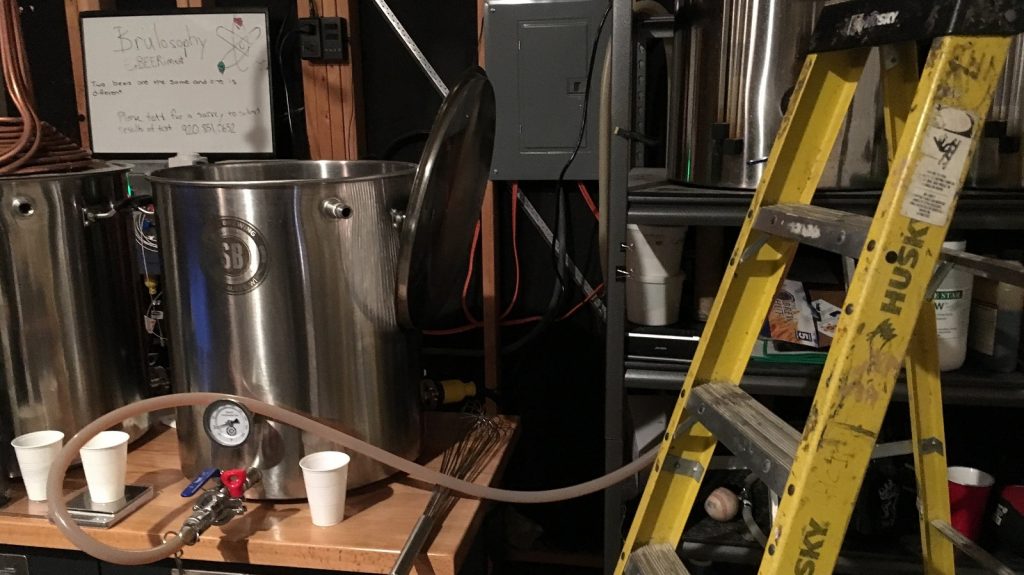











12 thoughts on “exBEERiment | Impact Storage Temperature Has On An English Barleywine”
Interesting and I’ll start saving my big beers in the fridge! Thanks for doing this experiment.
Hi Jake, hope all is well 🙂
Another very interesting and well run experiment. Good job!
Curious as to whether you considered keg conditioning for this experiment instead of forced carbonation. Maybe a third keg: Forced-cold, forced-warm, conditioned-warm?
I have the personal bias (supported by competition scores but not experiments), that bottle-conditioned beers can be cellared for at least two years (15-20C cellar) and will become better over time. I have also cellared big trappist beers (known to be bottle conditioned) for several years and they were oxidized for the better. So, I would hypothesize that conditioned-warm will give you a more controlled oxidation.
Thoughts?
Thanks! I’ve got this topic on the docket but am waiting for a good beer to do it in. My gut feeling is that keg condition and stored warm will be different from force carbed and stored warm but will be fun to test that one for sure
This supports the hypothesis of many that homebrewers and even commercial craft beer enthusiasts are so accustomed to oxidation in their beer, without realizing they are experiencing it, that oxidized beer actually becomes the favored norm.
I totally agree with this, even reading some reviews on beer advocate for some of the bigger highly sought after beers you’ll see people lovingly describing things like soy sauce flavors which shows they may like an oxidized flavor, or the hype haha
Are you saying the beer IS oxidized? or that it just tastes oxidized? Because I’m not catching on as to how the temperature would affect oxygen pick-up.
Temperature affects staling rate, this is just science. Total oxygen in the kegs at packaging is pretty finite, what is variable is the rate at which it reacts with either beer.
if y’all haven’t tried it, keg conditioning is worth a go. i now do it 100% of the time and find it significantly increases the shelf life / quality of my beer stored at any temperature (even silly warm) for very long periods of time. just can a pint of wort during the boil and calculate how much you need to add to keg condition/carb when its time to package. no need to purge the kegs or anything during packaging in my experience – the yeast take care of it as the beer gets carbed up. this is also a simplification in process if you ask me.
Most definitely, I personally just started adding sulfite at kegging.
Care to expand upon this a bit further? What type, dosage rate, etc?
I agree with the comments & interpretation above.
Nevertheless, the result has got me wondering how much the knowledge that a beer is old and oxidized affects how the taste is perceived. Likewise, if you know a beer is fresh/young, and you believe that beers generally taste better when fresh/young, how much is your enjoyment of the beer coloured by your expectation & bias? Much like the placebo effect wine drinkers get by drinking a wine they know to be expensive – the most (they know) it costs, the better it tastes. Hide the labels and the wines taste much the same, or the difference becomes marginal.
One of the reasons often touted for the need for cellaring big beers is to give time for fusels to mellow out, which would reduce the heat and harshness that can be present in strong, young beers. Did you happen to notice a difference between the two samples as far as harsh/hot/smoothness goes?
While this validates my “beer cellar” temps, I’m wondering if I want to start storing my hoppier aged beers under refrigeration rather than at cellar temps.